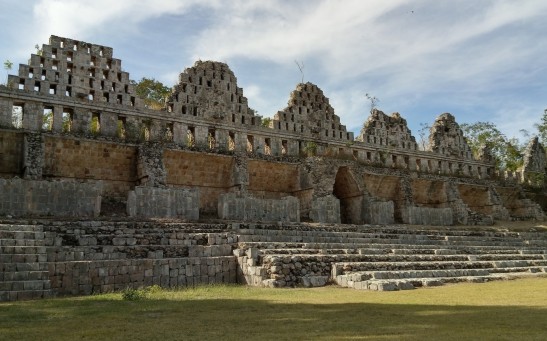prehistoric
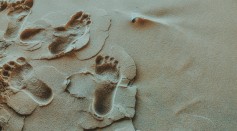
Prehistoric Traces Reveal Man’s Existence in Spain 200,000 Years Earlier
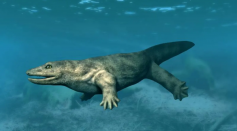
Prehistoric Salamander Predator Whatcheeria Indicates Development Spurts, Making the Reptile Enormous 340 Million Years Ago
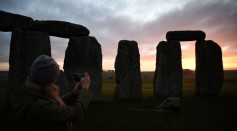
Stonehenge An Ancient Calendar? Prehistoric Link Between Large Stones and Sun Worship Revealed
Fossilized Cranium Discovered in Kenya Belongs to African Elephant Species From 4.5 Million Years Ago
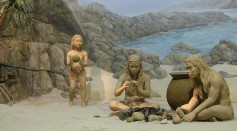
Neanderthal Teeth Serve as Evidence of Interbred Population

Algae Learned To Eat Other Organisms, Surviving the Event That Killed the Dinosaurs
Microbial Biomarkers Raise Possibilities of Ancient Humans Cooking in Hot Springs
A True King of the Dinosaurs is Finally Pieced Together
New Fossils Of Carnivore Found In Egypt Named Anubis, God Of Underworld
7-Year-Old Discovery Of Fossil Identified As A New Species Of Prehistoric Sea Creature
Embryological Manipulation Reveals Chicks Can Have Prehistoric Looks
Most Popular

How Technology Is Changing the Real Estate Industry?

Study Reveals High Turnover in Scientific Research Careers: What This Means for Future Scientists

How a Plant-Based Diet Can Protect Against Breast Cancer: Insights from Nutrition Research

Why It's So Difficult to Lose Weight: The Biological Explanation Behind Obesity

